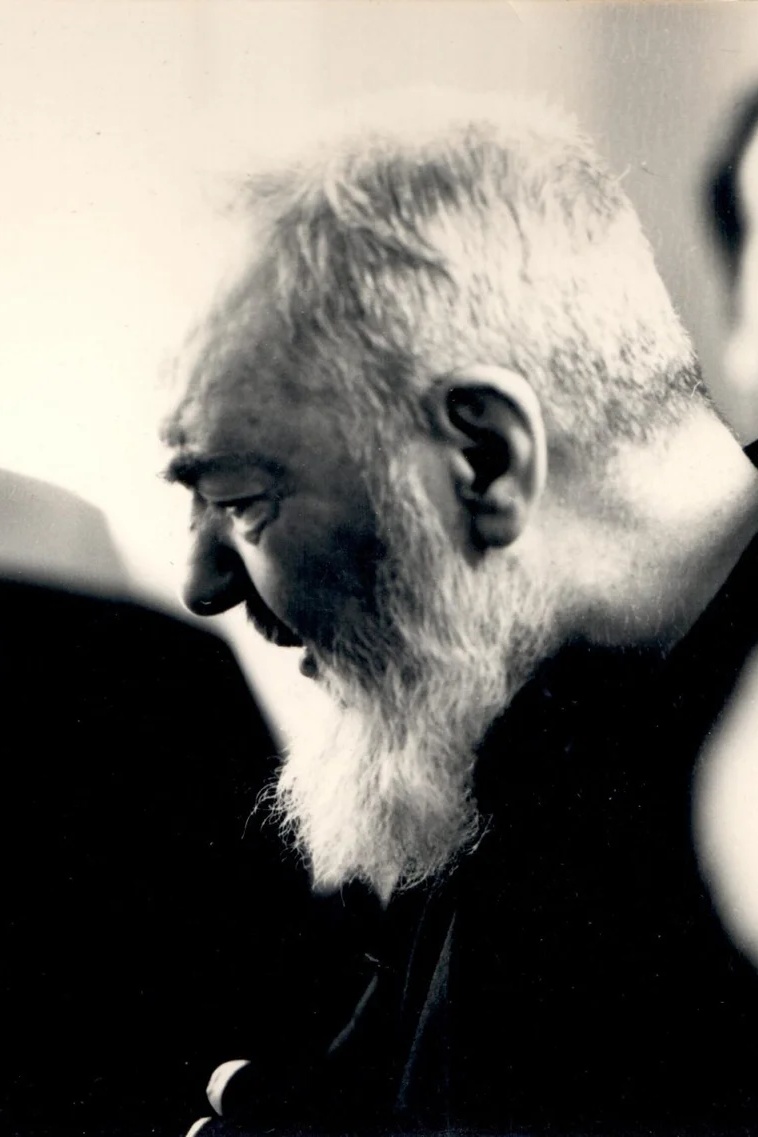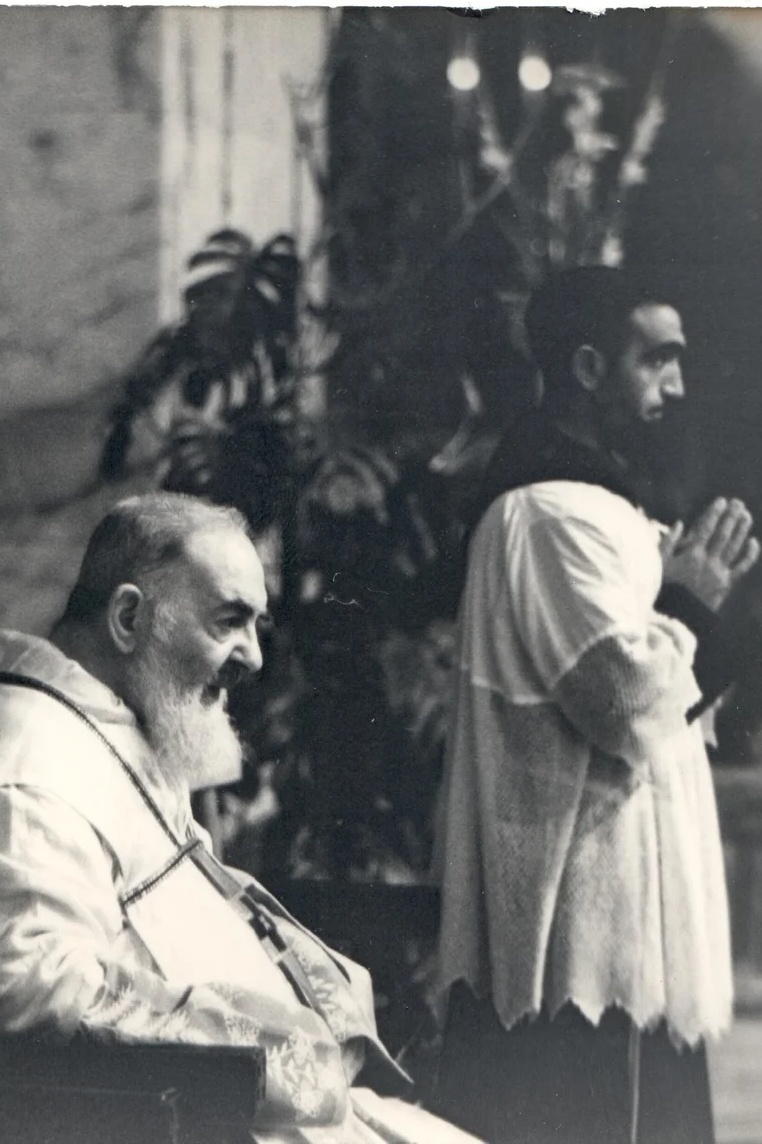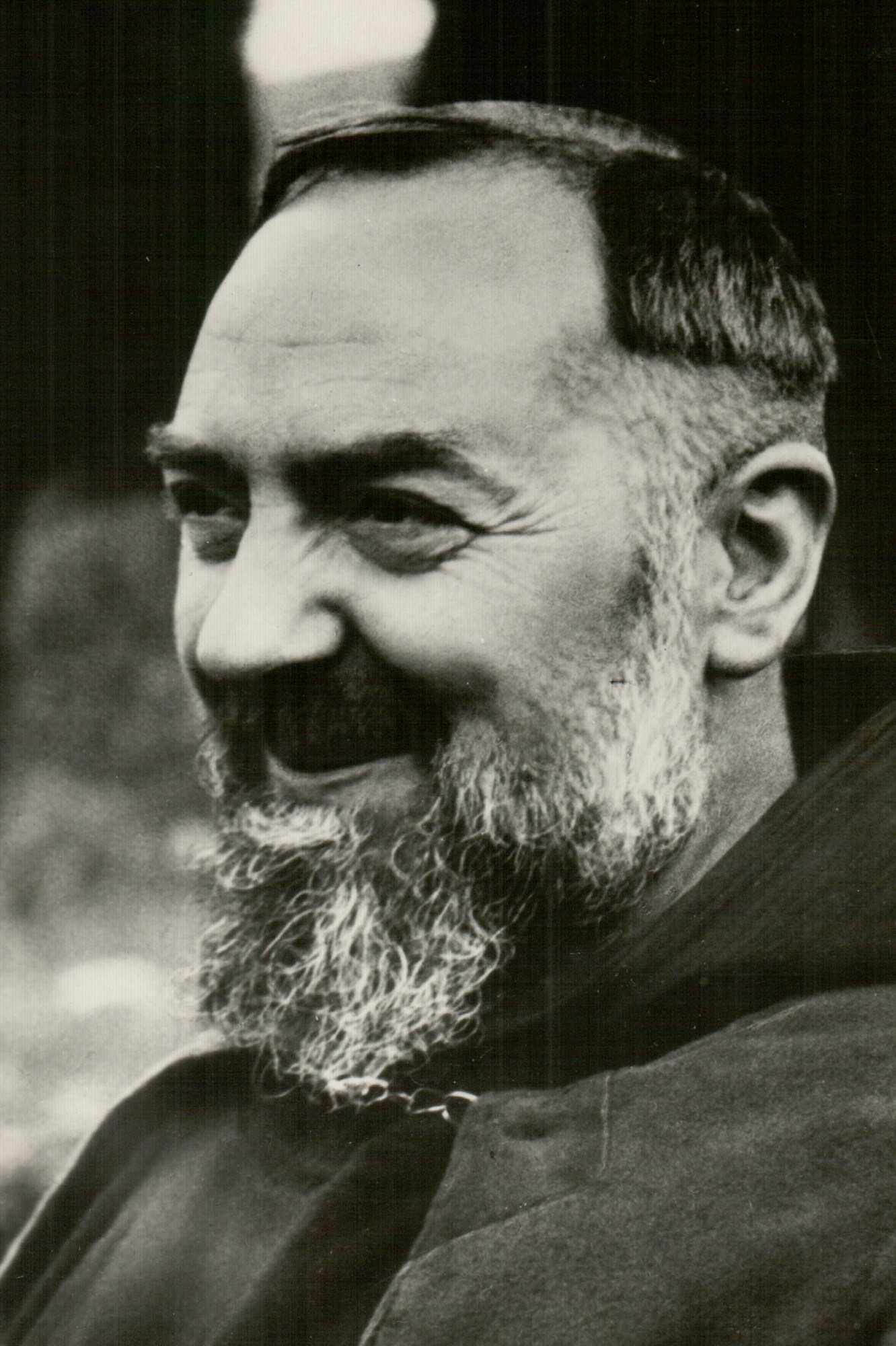A Life of Faith and Sacrifice
Saint Pio

Even during his lifetime, Saint Pio was widely known for his dedication, charity and love for people, even those he did not know who sought his counsel and help. His most recognized and astonishing gift from God, bearing in his body the Stigmata of Christ Crucified, remains a phenomenon that cannot be explained. Born Francesco Forgione on May 25, 1887, in Pietrelcina, Italy, he was the son of peasant farmers Grazio Mario Forgione and Maria Giuseppa Di Nunzio. He had three younger sisters (Felicita, Pellegina, and Grazia) and one older brother (Michele), as well as two other siblings who passed away as infants.
Padre Pio was baptized in the Church of Santa Ana in Pietrelcina, where as a young boy he assisted as an altar server. By the time he was five years old, he had already made the decision to dedicate his life to God. He began doing penances to prove his dedication and love for God. He expressed great desire to whole heartedly live and practice his Catholic faith, greatly influenced by the pious faith of his parents. The Forgione family were all devout Catholics, but Francesco had an even stronger and deeper connection to the spiritual life.
Until the age of 10 he worked on the family farm, taking care of a small flock of sheep belonging to his family. This seriously delayed his education. When, as a teenager, he petitioned to join the Capuchin Order, he was told he needed to be better educated before he could be accepted. His parents arranged for him to receive private tutoring, and at the age of 15 he entered the novitiate of the Capuchin Franciscan Friars in Morcone. This is where he took the name “Brother Pio.” The Capuchins were known for their extreme poverty, physical and spiritual discipline, and simplicity of life, vowing to live as closely as possible the ideals and gospel values embraced by St. Francis of Assisi.
Service, Suffering, and Strength
Enduring Faith
Even early in his life as a Capuchin Franciscan, Padre Pio experienced both serious illness and religious ecstasy. Other Friars would report that they heard strange, concerning noises coming from his monastery cell. Padre Pio frequently spoke about how he was attacked by the devil, and it was in his cell that these battles took place. Despite his severe illnesses, he was ordained a priest in 1910 at the Cathedral of Benevento in southern Italy.
November 1914 was the start of World War I in Italy, and many Capuchin Friars were drafted into the Italian Army. Padre Pio served his country in the 10th Company of the Italian Medical Corps. His title was “Private Francesco Forgione.” But his history of serious illness and weakness persisted. He had extreme stomach pain, and the Italian army doctors also diagnosed him with chronic bronchitis. He took a leave of absence for medical reasons and returned to his beloved hometown of Pietrelcina.
In 1916, Padre Pio was transferred by his superiors to the Capuchin Friary of Our Lady of Grace in San Giovanni Rotondo. This small and very remote town was located in the Gargano Mountains near the Adriatic coast. There he taught young Capuchin seminarians and spiritually ministered to the local townspeople. Due to the war, many Capuchins had been drafted and there were only seven Friars in residence when he arrived.
Padre Pio was called back to active military duty in August 1917. He was then assigned to the 4th Platoon of the 10th Company in the Italian Medical Corps. But only four months later, his fragile health required him to request a medical leave of absence again. This time he was granted a permanent discharge on March 16, 1918. He went to visit his beloved hometown, Pietrelcina, for the last time in his life, and then returned to the Capuchin Friary in San Giovanni Rotondo where he lived continuously for the next 50 years.



